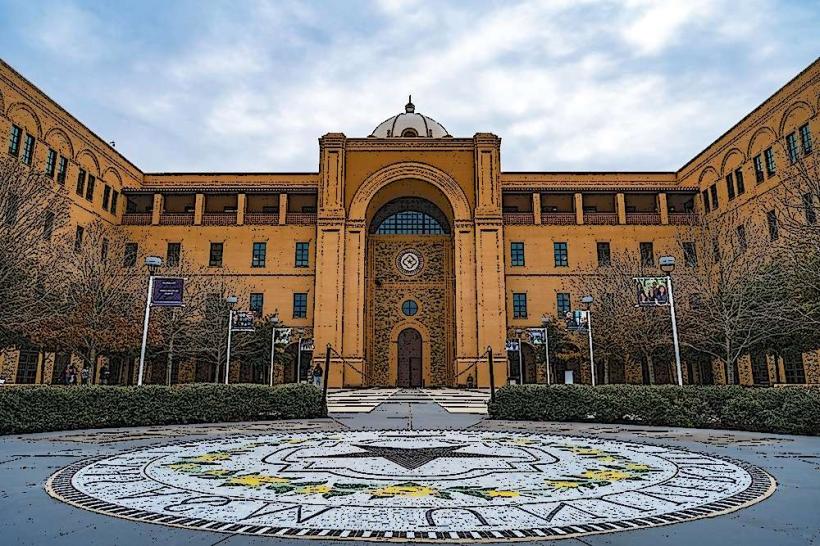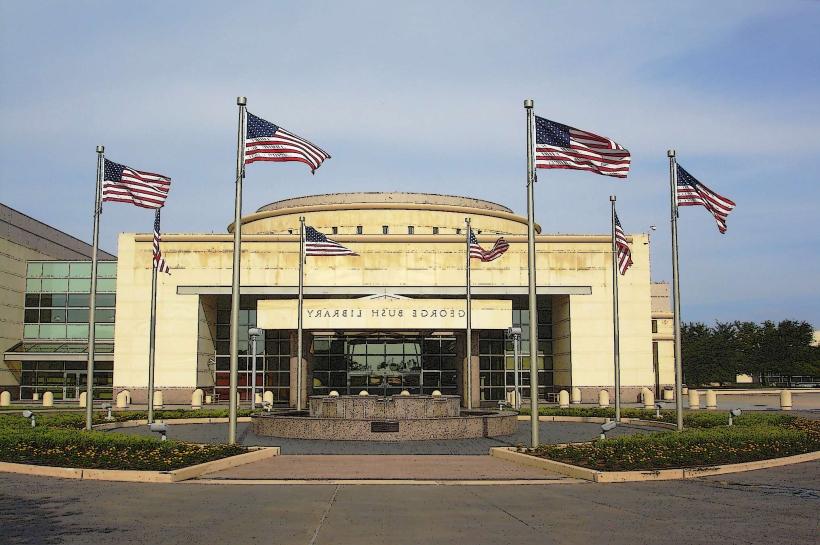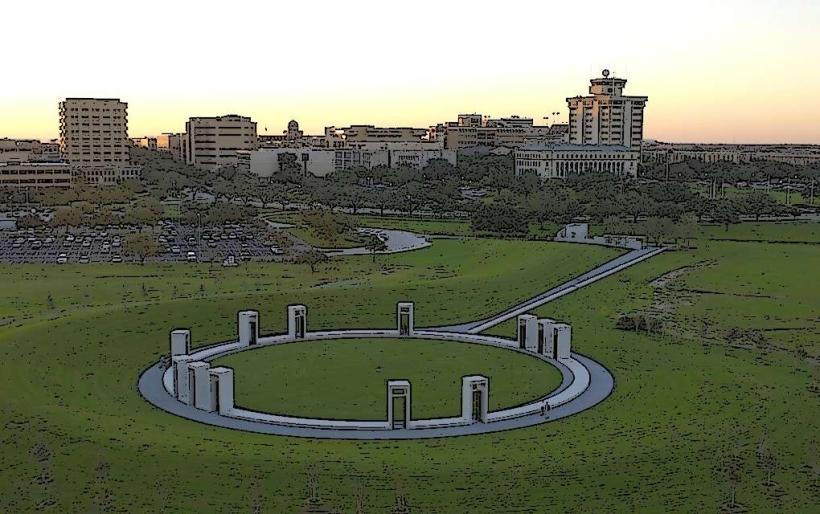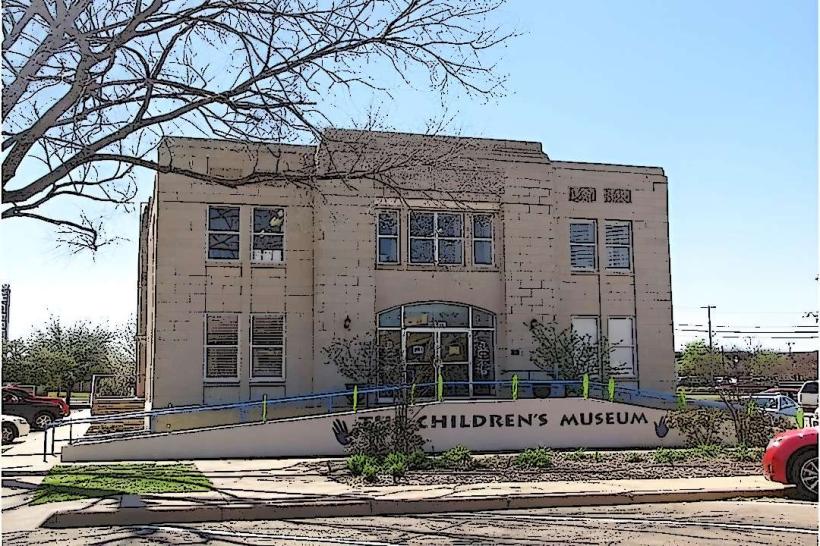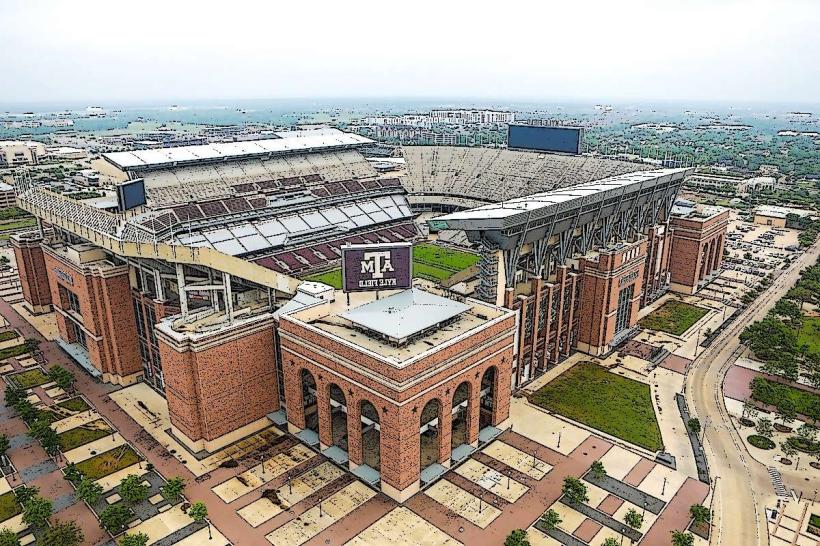Information
City: AmarilloCountry: USA Texas
Continent: North America
Amarillo, USA Texas, North America
Amarillo is a city in the Texas Panhandle, known for its unique blend of Western culture, historical significance, and proximity to natural attractions. It is the largest city in the Texas Panhandle and plays a key role in the economy and culture of the region. Amarillo has a rich history in agriculture, livestock, and transportation, and it serves as a hub for various industries while maintaining a strong connection to its Western heritage.
Here’s a detailed overview of Amarillo:
1. Geographic and Regional Context
Location: Amarillo is located in the northern part of Texas, in the high plains region, often referred to as the Texas Panhandle. It is about 120 miles southeast of the New Mexico border and around 340 miles north of Dallas.
Region: The city is part of the broader Amarillo metropolitan area, which includes several surrounding towns in the Panhandle region.
Landscape: Amarillo is situated on the edge of the Llano Estacado, a large plateau with flat, expansive plains. The surrounding terrain is characterized by open grasslands and occasional mesas. The area is prone to wind and dust, especially during dry conditions.
2. Climate
Type: Semi-arid climate (BSk) with hot summers and cold winters.
Summers: Hot and dry, with daytime temperatures often reaching above 90°F (32°C) and occasional heatwaves that push temperatures over 100°F (38°C).
Winters: Cold, with average temperatures ranging between 30°F (−1°C) to 50°F (10°C). Snow is common during the winter months, although it usually melts quickly.
Rainfall: Amarillo receives moderate rainfall, primarily in spring and summer, although precipitation is generally sparse. Thunderstorms can be intense, especially in the summer months.
Winds: Winds are a notable feature, with gusty conditions occurring throughout the year, particularly in the spring.
3. Historical Development
Founding: Amarillo was established as a railroad town in 1887 when the Fort Worth and Denver City Railroad arrived. The town’s name is derived from the Spanish word for "yellow," referencing the yellow soil of the area.
Growth: The city’s early growth was driven by its role as a cattle-shipping center. It became a regional hub for the agricultural and ranching industries.
Boomtown: During the early 20th century, Amarillo experienced significant economic growth due to its location along the railroads and its role in the livestock industry.
World War II: The city played a strategic role during World War II, housing a large military base, which led to an increase in the local population.
4. Economy
Agriculture: Amarillo’s economy has long been rooted in agriculture, particularly cattle ranching, as it lies in the heart of the country’s cattle-producing region. The area is home to numerous feedlots, and Amarillo is often called the "Beef Capital of the World."
Oil and Gas: In addition to agriculture, the city has a significant presence in the oil and gas industry, which has contributed to its economic stability.
Manufacturing and Distribution: Amarillo has diversified its economy to include manufacturing, particularly in the aerospace and food processing industries.
Tourism: The city is also a tourist destination due to its historical sites, natural beauty, and cultural offerings.
Trade and Services: As the largest city in the Panhandle, Amarillo serves as the commercial and retail center for the surrounding region.
5. Education
Public Schools: Amarillo is served by the Amarillo Independent School District (AISD), which includes multiple high schools, middle schools, and elementary schools. Amarillo has a reputation for a strong public education system.
Amarillo College:
Amarillo College is a community college that offers a wide range of programs, including associate degrees, technical training, and workforce development.
West Texas A&M University: Located in nearby Canyon, about 15 miles south of Amarillo, West Texas A&M University offers bachelor’s and master’s degrees and is a significant educational institution for the region.
6. Cultural Life and Attractions
Cadillac Ranch: One of Amarillo’s most famous attractions, Cadillac Ranch is an art installation consisting of half-buried Cadillacs that visitors are encouraged to spray-paint. It’s a symbol of the city’s artistic and quirky spirit.
The Amarillo Museum of Art:
The museum features a variety of exhibitions, focusing on regional, national, and international art. It has collections that include American and European works, as well as contemporary art.
Route 66:
Amarillo lies along the historic Route 66, the legendary highway that stretches from Chicago to Santa Monica. Visitors often explore the city’s Route 66 landmarks, including old motels, diners, and gas stations.
Palo Duro Canyon:
Located just south of Amarillo, Palo Duro Canyon is the second-largest canyon in the United States, offering hiking, camping, and stunning views of the canyon's colorful rock formations.
Texas Air & Space Museum:
A museum dedicated to the history of aviation and space exploration, featuring exhibits on aircraft, space technology, and military aviation.
Amarillo Symphony:
The city has a vibrant performing arts scene, and the Amarillo Symphony is a central institution, offering classical music concerts throughout the year.
7. Recreation and Outdoor Activities
Lake Tanglewood:
A scenic lake located just outside Amarillo, offering fishing, boating, and camping opportunities.
Amarillo Zoo:
The city zoo houses a variety of animals and offers educational programs about wildlife conservation and animal care.
BMX and Skate Parks: The city has multiple parks catering to outdoor enthusiasts, including biking and skating venues.
Tascosa Golf Club:
A well-regarded golf course that offers a relaxing outdoor escape for residents and visitors.
8. Events and Festivals
Amarillo Steak & BBQ Festival:
An annual event celebrating Amarillo’s rich beef industry with a festival that includes food, music, and entertainment.
Tri-State Fair & Rodeo:
Held every year, the fair showcases agricultural exhibits, livestock shows, carnival rides, and rodeo events.
Cattlemen’s Ball of Texas:
A major fundraising event that celebrates the state’s cattle industry, raising money for cancer research and patient care.
Fiesta de Amarillo:
A multicultural celebration of the city’s Hispanic heritage with music, dancing, food, and parades.
9. Infrastructure and Transportation
Highways: Amarillo is located at the junction of major highways, including Interstate 40 (running east to west) and U.S. Route 287 (running north to south).
Amarillo International Airport:
The city is served by an airport with regular flights to Dallas/Fort Worth, Denver, and other major cities. It serves both commercial and cargo traffic.
Public Transit:
Amarillo operates a public bus system, Amarillo City Transit, which serves the city and surrounding areas.
Rail: The city has rail connections to other parts of the state and region, with the BNSF Railway being a key player in local transportation.
10. Demographics and Quality of Life
Population: Amarillo has a population of around 200,000, making it the 14th-largest city in Texas.
Diversity: While primarily Anglo and Hispanic, Amarillo has a diverse population, with a growing community of African Americans and a small but vibrant immigrant population.
Cost of Living: The cost of living in Amarillo is relatively low compared to other major Texas cities, especially in terms of housing and everyday expenses.
Quality of Life: Amarillo is known for its family-friendly atmosphere, with a low crime rate, good schools, and a community-oriented lifestyle. The city offers a balance of urban amenities and rural charm, making it an attractive place for families, retirees, and young professionals alike.
Conclusion
Amarillo, Texas, is a city deeply rooted in Western heritage and the cattle industry, with a growing, diversified economy. Its location in the Texas Panhandle gives it access to natural beauty, including Palo Duro Canyon and Lake Tanglewood, as well as a strong agricultural legacy that continues to shape its character. With a range of cultural, recreational, and historical attractions, Amarillo blends a rich sense of history with a modern and vibrant community atmosphere. Whether you’re drawn to its iconic Route 66 history, outdoor activities, or thriving arts scene, Amarillo offers a unique and welcoming environment for both residents and visitors.

